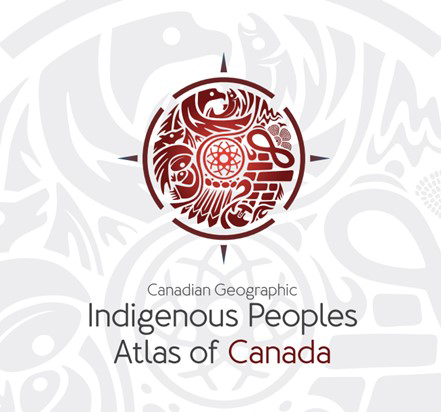
What are terms of the Treaties, how are they being upheld, and what are their short- and long-term impacts?
Grade 11 learners explored the topic of Treaties in their Grade 11 History of Canada course. The essential guiding question driving their learning was, “What are the short- and long-term impacts of the Treaties?”
To start, learners shared different examples of agreements they had with friends, parents, schools, and so on. They also considered what happens when they break agreements, as well as related concepts of trust, consequences, and justice. As a class, learners worked together to discover what they knew specifically about the Treaties. To assist them in building background knowledge through multiple perspectives, they read The House by Murray Angus, and the Statement of Reconciliation, an excerpt from the Canadian Government document Gathering Strength: Canada’s Aboriginal Action Plan. The teacher also shared information and resources about Treaties in Manitoba, found on the Treaty Relations Commission of Manitoba website. They then discussed the significance of the land and treaty acknowledgements, and learned about what Treaty land they were on. Learners reflected on how people’s perspectives are rooted in certain contexts as well as how their understanding and perspectives had deepened and changed in a sharing circle.
To further deepen their learning, learners engaged in an experiential learning task using the Indigenous Peoples Atlas of Canada floor map. They explored the map, considering aspects of what they knew about the land and how the land and communities had changed over time. They looked at the different treaties in their communities that were represented on the map, as well as other places they may have visited. The learners also used the timeline around the border of the map to identify key events in the development and implementation of treaties and land agreements. Throughout the process, they were asked to discuss and record their observations, any connections they made between what they knew and what they saw on the map, and any questions raised. Classroom discussions followed to reflect on their new perspectives and learning stemming from this learning task and on how thinking around equity and human rights has shifted.
A final experience asked learners to read the Rights of Indigenous Peoples, reflect on it, think critically, and synthesize their learning around treaties. They were also asked to consider any remaining questions they still had. Using a Socratic seminar–type format, learners were invited into an open dialogue as a class discussing such questions as, “What are the terms in the Treaties? Are they being upheld? What are the short- and long-term impacts of Treaties?’”
As a culminating activity, learners were asked to create their personal acknowledgement of the land on which they live.
Angus, Murray. The House. 2019.
Canada. Minister of Indian Affairs and Northern Development. Gathering Strength: Canada’s Aboriginal Action Plan: A Progress Report. Minister of Public Works and Government Services, 2000.
Canadian Geographic, Education. Indigenous Peoples Atlas of Canada.. floor map.
Manitoba Education and Early Childhood Learning. “Excerpts from the UN Draft Declaration on the Rights of Indigenous Peoples, 9.4.3d.” Grade 9 Social Studies Blackline Masters.
———. “Statement of Reconciliation, 9.1.4e.” Grade 9 Social Studies Blackline Masters.
Treaty Relations Commission of Manitoba. Educational Resources.
United Nations. United Nations Declaration on the Rights of Indigenous Peoples. 2007.